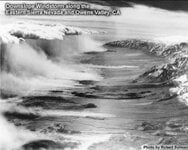Always fascinated me, this story, Mallory was found in 1999.


Everest climber Irvine's foot believed found after 100 years
Andrew Comyn "Sandy" Irvine was climbing Everest in June 1924 when he and his partner vanished.
www.bbc.co.uk
Last edited:


